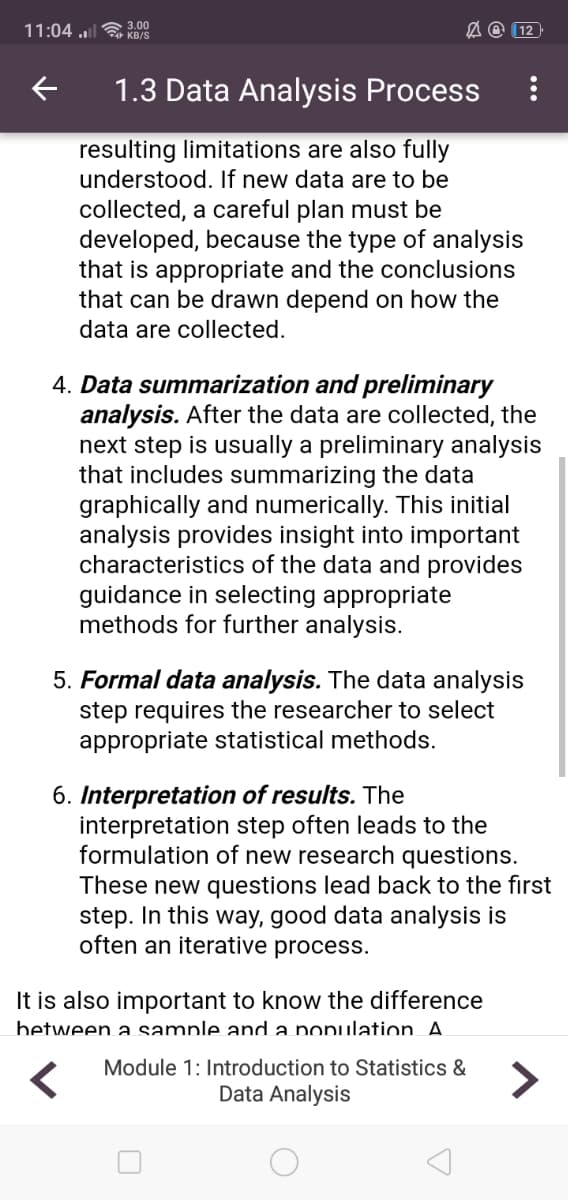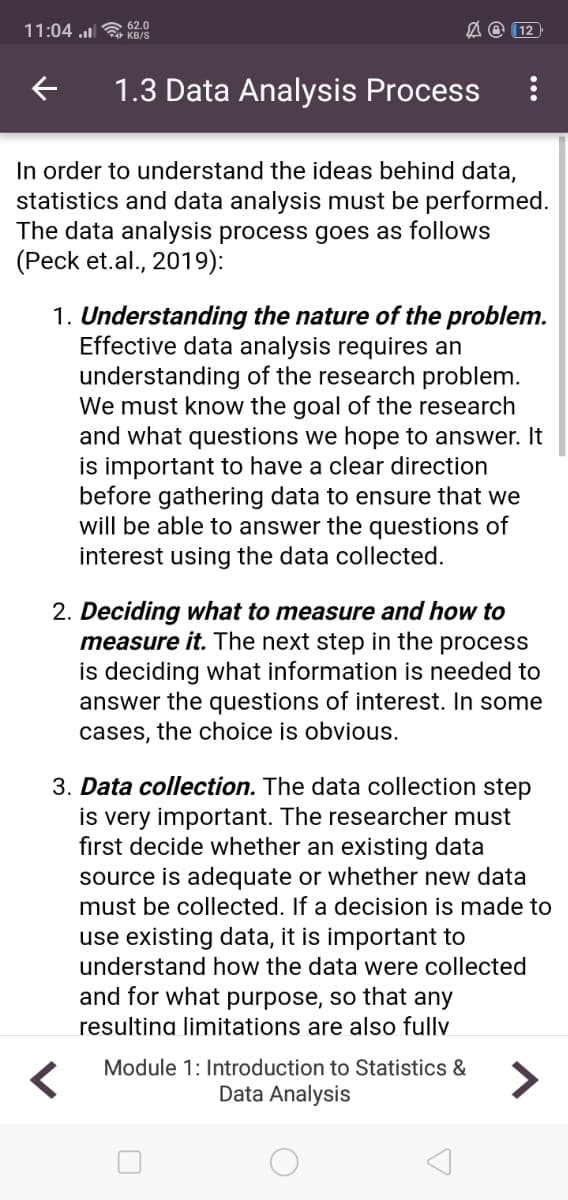Present an example of the application of the data analysis process in civil engineering. You may search Google Scholar (or any other credible website) for some papers or design experiments which show how statistics is applied in understanding a civil engineering problem. Compare the process done in the said paper/design experiment to the data analysis process discussed in Topic 1.3.
Present an example of the application of the data analysis process in civil engineering. You may search Google Scholar (or any other credible website) for some papers or design experiments which show how statistics is applied in understanding a civil engineering problem. Compare the process done in the said paper/design experiment to the data analysis process discussed in Topic 1.3.
Traffic and Highway Engineering
5th Edition
ISBN:9781305156241
Author:Garber, Nicholas J.
Publisher:Garber, Nicholas J.
Chapter4: Traffic Engineering Studies
Section: Chapter Questions
Problem 10P
Related questions
Question
Present an example of the application of the data analysis process in civil engineering. You may search Google Scholar (or any other credible website) for some papers or design experiments which show how statistics is applied in understanding a civil engineering problem. Compare the process done in the said paper/design experiment to the data analysis process discussed in Topic 1.3.

Transcribed Image Text:11:04 u a 3.00
A @ (12
KB/S
1.3 Data Analysis Process
resulting limitations are alsoo fully
understood. If new data are to be
collected, a careful plan must be
developed, because the type of analysis
that is appropriate and the conclusions
that can be drawn depend on how the
data are collected.
4. Data summarization and preliminary
analysis. After the data are collected, the
next step is usually a preliminary analysis
that includes summarizing the data
graphically and numerically. This initial
analysis provides insight into important
characteristics of the data and provides
guidance in selecting appropriate
methods for further analysis.
5. Formal data analysis. The data analysis
step requires the researcher to select
appropriate statistical methods.
6. Interpretation of results. The
interpretation step often leads to the
formulation of new research questions.
These new questions lead back to the first
step. In this way, good data analysis is
often an iterative process.
It is also important to know the difference
between a sample and a population A.
Module 1: Introduction to Statistics &
>
Data Analysis

Transcribed Image Text:11:04 u 62.0
A @ (12
KB/S
1.3 Data Analysis Process
In order to understand the ideas behind data,
statistics and data analysis must be performed.
The data analysis process goes as follows
(Peck et.al., 2019):
1. Understanding the nature of the problem.
Effective data analysis requires an
understanding of the research problem.
We must know the goal of the research
and what questions we hope to answer. It
is important to have a clear direction
before gathering data to ensure that we
will be able to answer the questions of
interest using the data collected.
2. Deciding what to measure and how to
measure it. The next step in the process
is deciding what information is needed to
answer the questions of interest. In some
cases, the choice is obvious.
3. Data collection. The data collection step
is very important. The researcher must
fırst decide whether an existing data
source is adequate or whether new data
must be collected. If a decision is made to
use existing data, it is important to
understand how the data were collected
and for what purpose, so that any
resultina limitations are also fully
Module 1: Introduction to Statistics &
<>
Data Analysis
Expert Solution
This question has been solved!
Explore an expertly crafted, step-by-step solution for a thorough understanding of key concepts.
Step by step
Solved in 3 steps

Knowledge Booster
Learn more about
Need a deep-dive on the concept behind this application? Look no further. Learn more about this topic, civil-engineering and related others by exploring similar questions and additional content below.Recommended textbooks for you

Traffic and Highway Engineering
Civil Engineering
ISBN:
9781305156241
Author:
Garber, Nicholas J.
Publisher:
Cengage Learning

Traffic and Highway Engineering
Civil Engineering
ISBN:
9781305156241
Author:
Garber, Nicholas J.
Publisher:
Cengage Learning